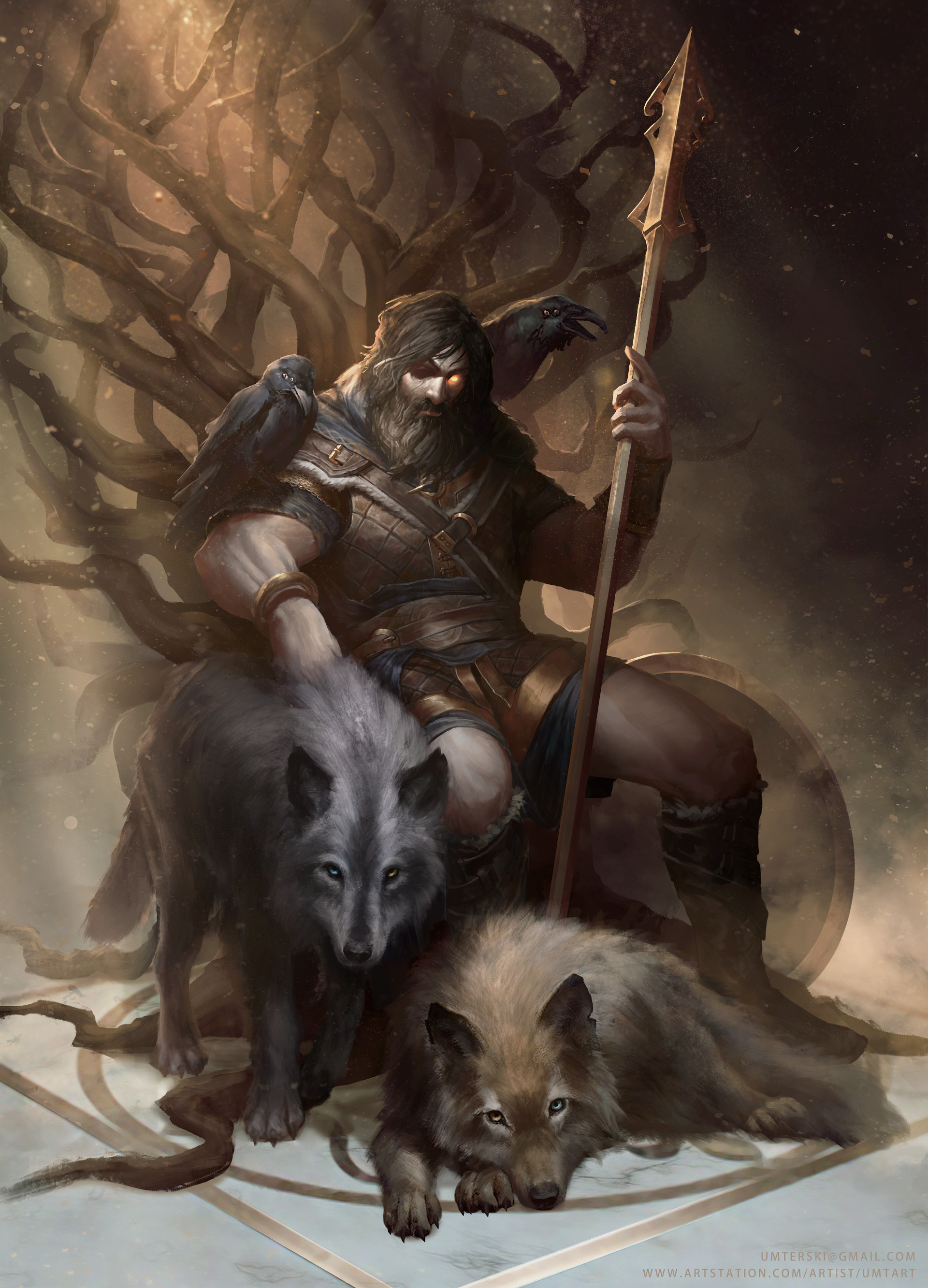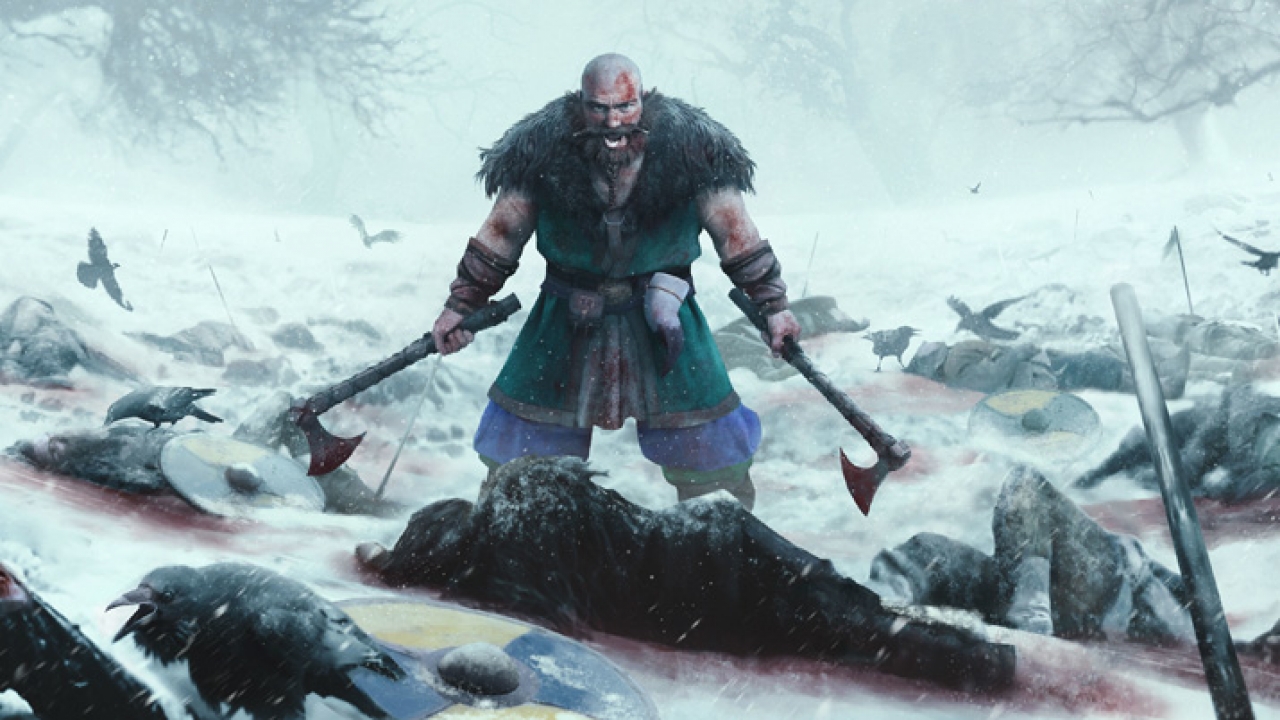Lord help
me, I am going to write about Vikings in a strength blog. But here’s the thing: when you write a series
titled “The Barbarian vs The Monk”, you can’t NOT write about the Vikings. They were LITERALY the original “barbarian vs
the monk”. And I don’t mean purely in
the metaphorical sense, of a rage filled warrior battling one that was highly
disciplined and trained: I mean they literally sacked monasteries and killed
monks as part of their pillaging and looting.
While the rest of the western world had embraced Christianity some 800
years prior, or Judaism some 2500 years prior, or Islam some 200 years prior,
the Vikings were still worshipping a pantheon of gods, sacrificing humans,
dying valiantly in battle to reach Valhalla and, in general, being a bunch of
pagans. So when these folks wound up on
the shores of Lindisfarne and found a bunch of pacifists monks, they all had
the same thought: “Dude: FREE gold.”
Because while the monks had been relying on the rest of the world to
have enough good taste and decency to not pillage holy sites and slaughter
pacifist holy men as their means of protection, the Vikings, unfamiliar with
such concepts, simply asked “but why?”

When this is how you envision the divine, that whole "love and noble sacrifice" thing sounds more like an invitation
And enough
of this behavior over a couple of centuries got the local pretty righteously
pissed off about Vikings such that, when the Viking King Harald Hardrada led a
less than successful invasion of England, the English King Harold Godwinson felt
the need to give chase to the retreating force in the hopes of completely
eliminating them, which allowed us to know the story of the Battle of Stamford
Bridge. For the unaware, that name
“Battle of Stamford Bridge” sounds quite dramatic, but it’s worth knowing 2
things about it. 1: it wasn’t so much a
battle, as it was a siege. For those
aware of military jargon, a siege is an instance where a defending force is
locked into a fixed location (such as a castle or fortified bunker) and an
aggressing force tries to gain access to that location. The old battering rams and boiling oil
affair. The other thing to know about
this siege is that the defending force consisted of ONE Viking Berserker, while
the aggressing force consisted of the entire English army. …and the siege lasted for FAR longer than it
should have, allowing the retreating Viking force to be able to re-group across
the river, with the English suffering a 40 to 1 fatality rate.
To put that
into some perspective, the famous Battle of Thermopylae, from “300” fame, had
estimates of 300 Spartans to an estimated 20,000 Persians, meaning Spartans
were averaging around 66.66 (repeating of course) Persians per Spartan. HOWEVER, many claim that the 20k number for
Persians is exaggerated, AND, it’s worth noting that though, yeah, there WERE
300 Spartans at the battle, there were ALSO other members of the fighting force
present, with estimates of anywhere between an extra 700-1300 troops comprised
of Helots and Thebans. This means, under
the most GRACIOUS estimates, where we make the Greek force as small as possible
and the Persians as large as possible, with the Greeks killing EVERY Persian (which, spoiler alert, they did NOT) we're looking at 1000 Greeks to 20k
Persians, averaging 20 fatalities to 1. Then
factor in that the 40 English killed by the berserker was the estimate from the
ENGLISH side. I’m sure the Viking stories
place the numbers even higher! Which
means, at his worst, this Berserker doubled the effect of the Spartans at their
best.

Sometimes, such solutions may seem obvious
Then factor
in that the Spartans had persistent military training and unit tactics. They had the phalanx: a shield wall that
relied on the strength of each individual man to bolster the defenses of the
unit and turn back the advances of the aggressor. They had SHIELDS in order to make such a
shield wall. They had OTHER troops
available to watch each other’s back and flanks. From birth they were dedicated to warfare and
lived a literal “Spartan lifestyle” to facilitate that. Contrast that with this lone Viking
Berserker, armed with a Dane Axe which occupied both of his hands and allowed
no room for a shield and had most likely been trained for warfare by his uncle
and “learned on the fly” through various raids and skirmishes. He had but 2 advantages here. One is that the passage on Stamford Bridge
was even narrower than the one that the Spartans occupied, such that 1 Viking
was enough to hold off passage and the English could only send a man or 2 at a
time, and the other is that the Viking had the gift of berserker rage.
And again,
here I am, writing in a strength blog about berserkers: how cliché. But for our purposes today, that’s absolutely
something worth considering: just how effective brutality was on this day when
it came face to face with technique, refinement, civility, chivalry, etc etc. Hell, it’s a microcosm for the Viking age
itself: when you have to row yourself into battle, kill all the opposition,
load up on heavy valuables and then row yourself all the way back home, you better
be bringing a LOT of brutality. The
berserker’s gift that day was that, in the absence of armor, friends, advanced
military training and tactics or even a shield, he had so much rage, fury and
outright brutality that he was able to cut down 40 men before the English had
to resort to “cheating” and sent a man UNDER the bridged to stab the Viking with
a spear from below. And just like I
wrote about Jack Dempsey: when you’re so brutal that they HAVE to change the
rules of the game just to have a chance of winning, it means, regardless of the
outcome, you’ve won. The English had to
give up all semblance of chivalry, stabbing a man from a hidden position, in
order to have ANY chance of defeating him.

Not to say it was in any way a fair fight to begin with
The
historical precedents are abound: brutality CAN overcome superior technique,
ability, numbers, height, reach, weight, etc etc. The Vikings discovered this and came up with
the berserker AS their solution: sending unarmored maniacs with axes headfirst
into battle as shock troops to disrupt the defender’s ranks and destroy their
morale. You have that same solution
available to you when you encounter your own odds that, at first, appear
insurmountable. When facing a challenge
that appears overwhelming, better able, more talented, better equipped, better
trained, etc etc, there’s always the option to just crash so hard into it with
all of the fury you have inside of you that, despite all of its advantages, it
flinches, cracks and shows weakness.
And for my
historically inclined readers, I’ll admit that all the details in the above may not be sound, but hey, it still makes a good story.
I think you might genuinely enjoy reading about the mongol invasion of Eastern and Central Europe in the 13th century, the deeds of general Subotai and their quite unconventional and distinctly unfair strategy and leadership, which has led some war nerds to speculate that they invented operational level, that between tactics and strategy, much before military thinkers of the west had formalized such a notion. This might be a reach, but generally speaking if a people in history is chiefly known for winning a lot, fans of winning will generally find them fascinating.
ReplyDeleteThe campaign in Europe is a sterling example of what keen awareness of one's strengths and limitations, subterfuge and uncoventionality can achieve. They were ultimately stopped in the end perhaps not by overextension, fatigue or satisfaction but by the death of the Khan and need for princes to travel back to Mongolia to elect his follower. Perhaps this was what saved the Europe from retraumatisation.
Outstanding recommendation dude. I have enjoyed the bits I have read about the Mongols. Warrior cultures in general are always fascinating to me.
DeleteThis was really fun to read. I am working more on incorporating brutality into my training to make up for the lack of natural Strength or Athleticism. Seems to be helping so far. In a way it’s like going Berserk. Hmm
ReplyDeleteOutstanding dude. It's one of those things that you can always just CHOOSE to have.
DeleteAnother great article, bro! Well done.
ReplyDelete